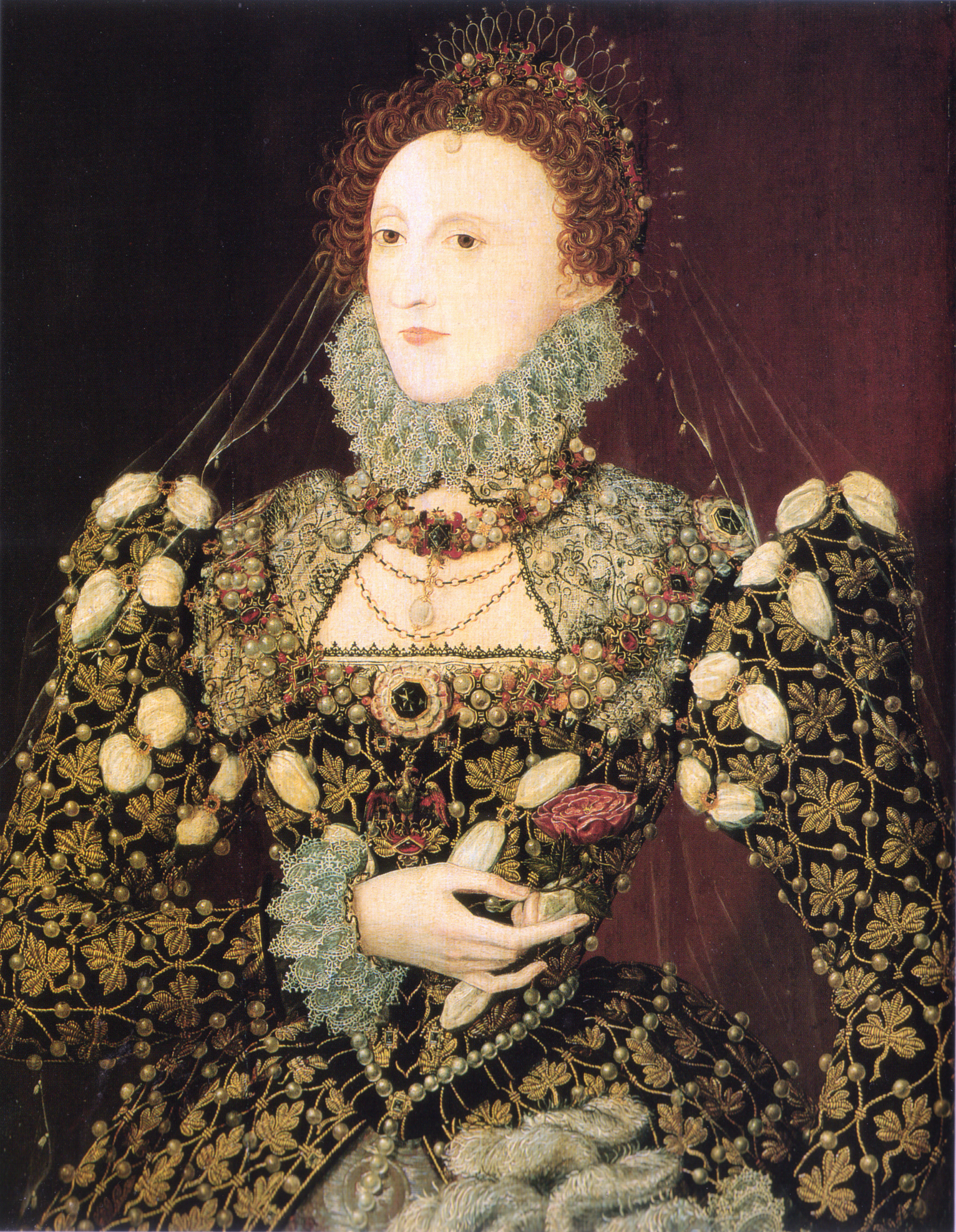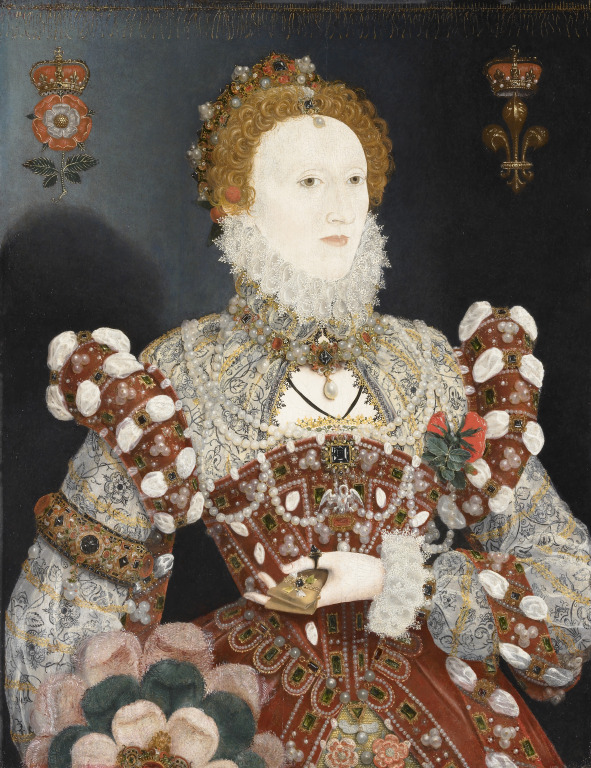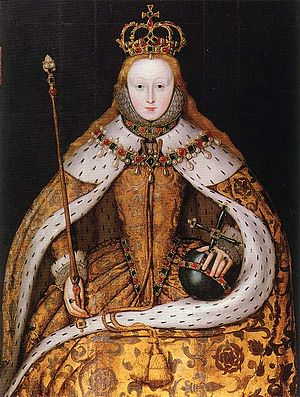
Most people know of the song 'The Twelve Days of Christmas' in which one lucky (or unfortunate) person recieves a partridge in a pair tree, 5 gold rings, 7 swans, and 10 pipers piping, amongst other gifts. But seriously, who has 12 days of Christmas? Well, the Elizabethans sure did. Beginning on Christmas Day (December 25th) and ending on Janurary 6, known as the Feast of Epiphany, the Elizabethan would celebrate these 12 days, also known as Christmastide, with feasts and celebrations. Almost every days was an elaborate pageant or feast, and even some role-reversal as seen on Twelfth Night, which is the last day of celebration. Here is a breakdown of some days:
Christmas Eve (December24th)
Christmas Day (December 25th)
Boxing Day or St. Stephens Day (December 26th)
---from here until the Twelfth Night, there are no particular names for the days---
Twelfth Night (January 5th)
Feast of Epiphany (January 6th)




















